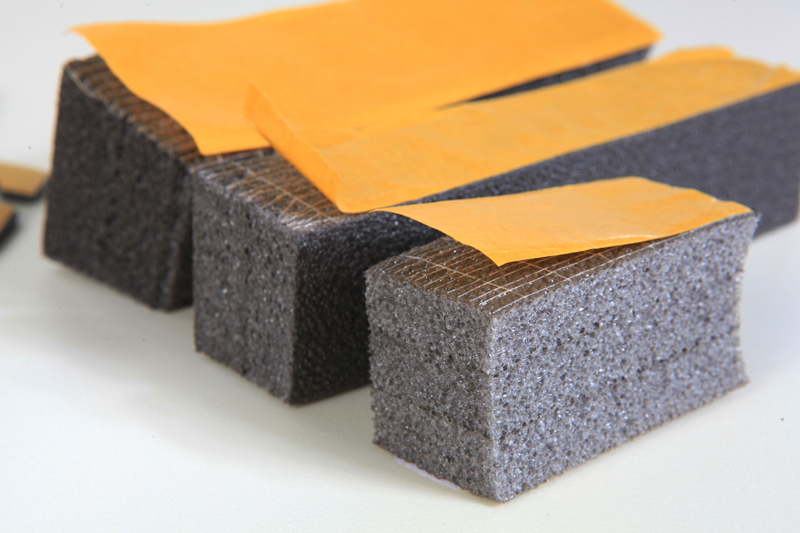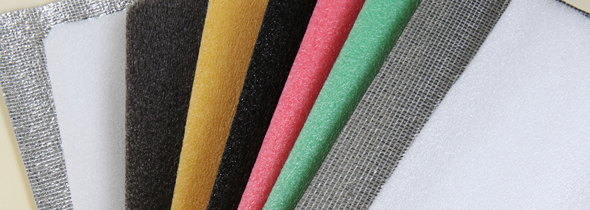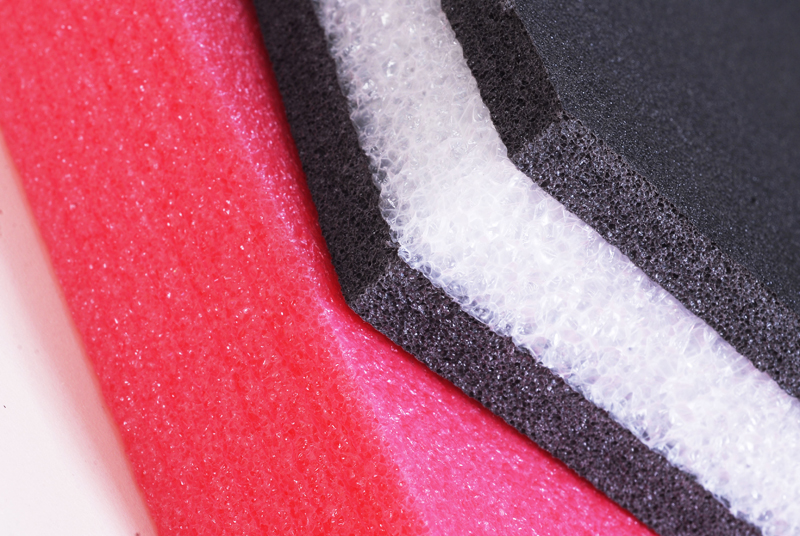Have you ever thought about what keeps your favorite gadgets safe during shipping? Enter polyethylene (PE) foam, the unsung hero of the packaging world! Often overlooked, this lightweight material is like a guardian angel for your fragile items. It’s not just about wrapping things up; it’s about providing shock absorption, moisture resistance, and protection against the rough and tumble of transportation. Imagine sending a delicate vase across the country—without PE foam, it would be like sending a child into a storm without a raincoat!
PE foam is incredibly versatile. From electronics to fragile collectibles, it adapts to various shapes and sizes, ensuring that every item arrives in pristine condition. It’s like a tailored suit for your products, providing a snug fit that prevents movement and potential damage. This adaptability is essential in industries where safety is paramount, making PE foam a go-to choice for manufacturers and retailers alike.
Despite its many benefits, we must also consider the environmental impact of PE foam. While it offers incredible protection, it’s crucial to explore sustainable practices and recycling options to reduce its ecological footprint. By embracing eco-friendly alternatives and recycling initiatives, we can ensure that this packaging hero doesn’t become a villain in the fight for a greener planet.
Benefits of PE Foam in Packaging
When it comes to packaging, polyethylene (PE) foam stands out as a true champion, offering a plethora of benefits that often go unnoticed. First and foremost, its lightweight nature means that businesses can save on shipping costs without compromising on protection. Imagine trying to ship a delicate electronic device; the last thing you want is added weight that drives up expenses! PE foam swoops in to save the day.

Another remarkable feature of PE foam is its shock absorption capabilities. It acts like a cushion, cradling products during transit and ensuring they arrive in pristine condition. Think of it as a soft landing for your fragile items. Moreover, PE foam is moisture resistant, providing an extra layer of defense against environmental factors that could damage products. This characteristic makes it an ideal choice for various industries, from electronics to food packaging.
In summary, the benefits of PE foam are numerous and impactful. It not only protects products but also enhances the overall efficiency of the supply chain. As we explore its applications further, it becomes clear that this unsung hero truly deserves a spotlight in the packaging world.
Applications of PE Foam
When it comes to packaging, PE foam is truly the jack-of-all-trades. Its versatility shines across various industries, making it a go-to choice for many applications. For instance, in the electronics sector, PE foam provides essential cushioning for delicate gadgets, ensuring they arrive at their destination without a scratch. Imagine unboxing your brand-new smartphone, and the first thing you see is a snug layer of foam cradling it like a protective hug. This is the magic of PE foam!
Moreover, its lightweight nature means companies can save on shipping costs while still providing top-notch protection. It’s not just limited to electronics; fragile items such as glassware, ceramics, and even food products benefit from PE foam’s shock-absorption capabilities. Think of it as a safety net for your most cherished possessions, preventing them from meeting a disastrous fate during transit.
In addition to these uses, PE foam is also widely applied in the automotive and aerospace industries, where it safeguards components from vibration and impact. Its adaptability allows manufacturers to customize foam shapes and sizes, catering to specific product dimensions. This means whether you’re shipping a tiny circuit board or a hefty piece of machinery, PE foam has got your back!
Environmental Considerations
While PE foam is celebrated for its protective qualities, we can’t ignore the environmental concerns it brings along. It’s a double-edged sword, isn’t it? On one hand, it keeps our products safe during transportation, but on the other, it contributes to the growing issue of plastic waste. So, what can we do about it?

Luckily, there are ways to address these concerns. Many manufacturers are now exploring recycling options for PE foam, ensuring that it doesn’t end up in landfills. For instance, some companies have established programs that allow consumers to return used foam for proper recycling. Isn’t that a step in the right direction?
Moreover, the industry is seeing a shift towards sustainable practices. This includes the development of biodegradable alternatives and using recycled materials in foam production. The goal is to minimize the ecological footprint while still providing the same level of protection. Here’s a quick look at some of these initiatives:
| Initiative | Description |
|---|---|
| Recycling Programs | Encouraging consumers to return used PE foam for recycling. |
| Biodegradable Alternatives | Developing foam that decomposes naturally over time. |
| Using Recycled Materials | Incorporating recycled content in new foam products. |
In conclusion, while PE foam remains an essential player in packaging, it’s vital to balance its benefits with environmental responsibility. By adopting innovative practices, we can ensure that this unsung hero of packaging doesn’t become a villain in the fight against plastic pollution.
While coming to the end of our article, do not forget to review the following service pages of Durfoam:


